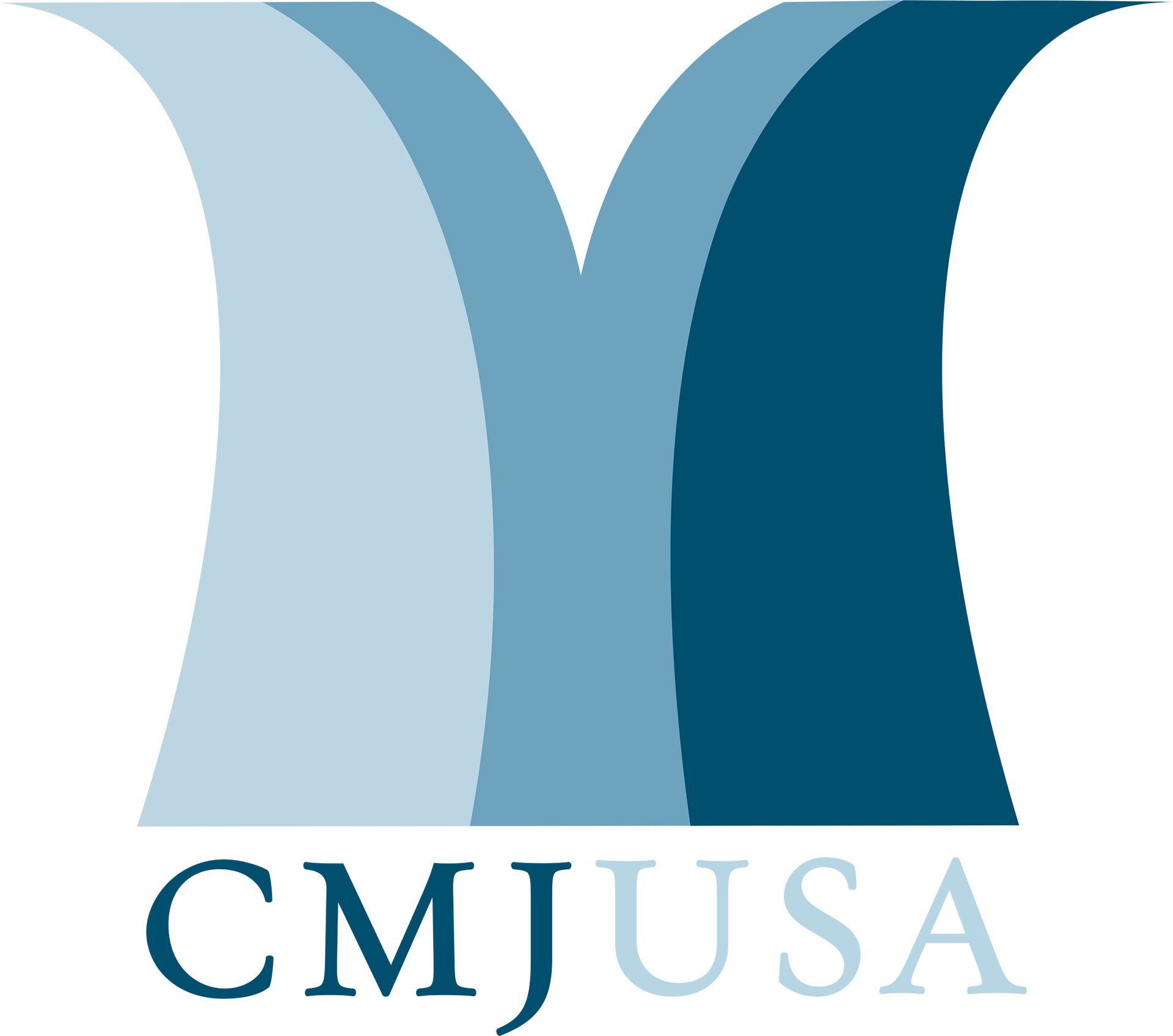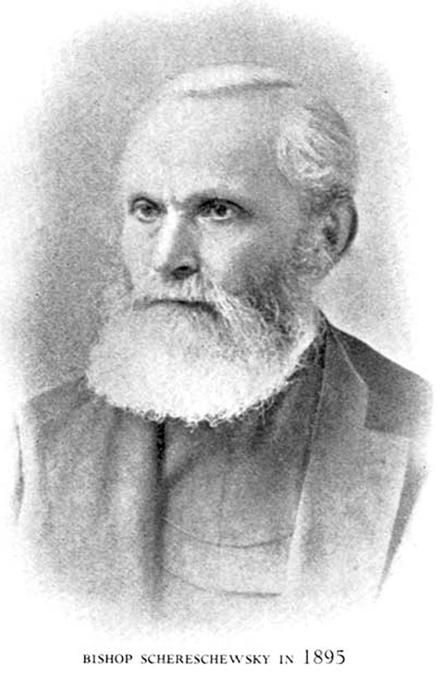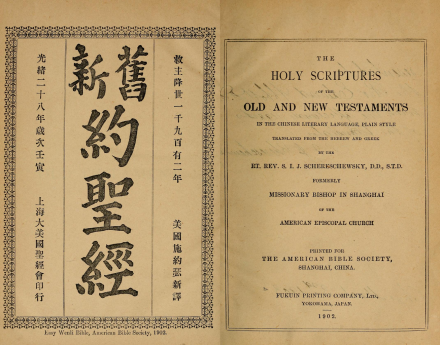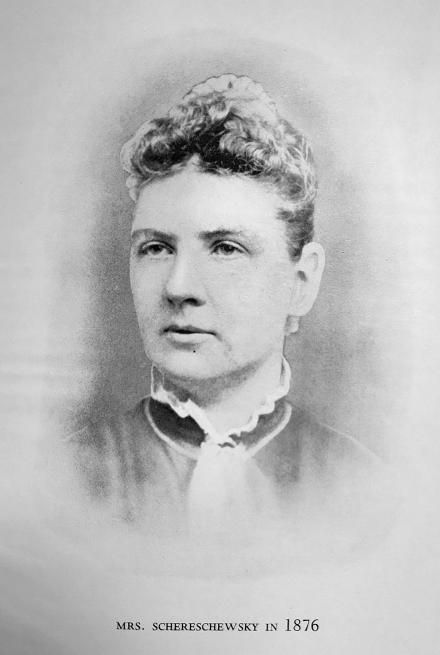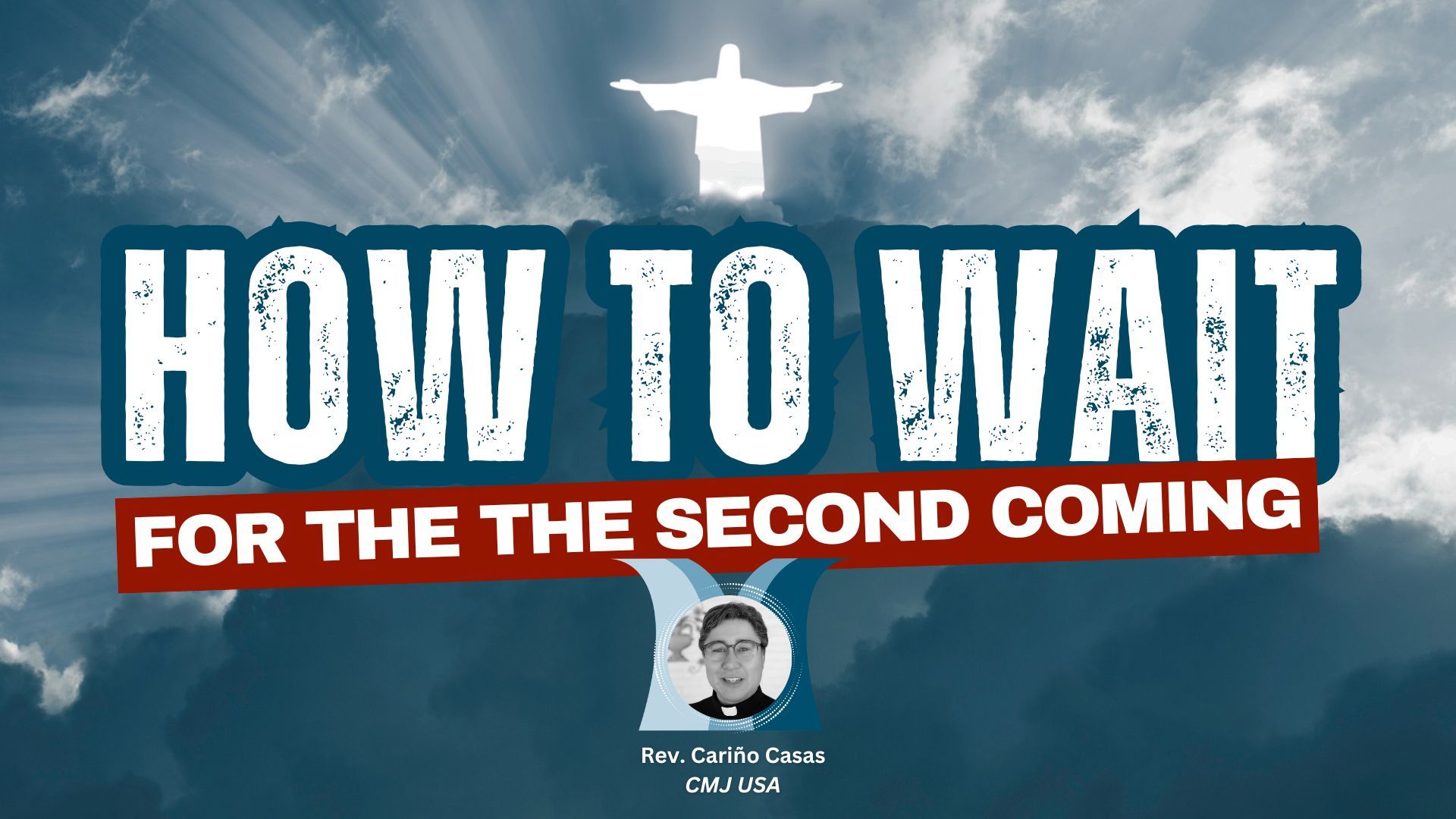By Rev. Cariño Casas
CMJ USA Executive Director
Recently, I visited the Holocaust Center of Pittsburgh to see the exhibit and meet the staff there. They seemed excited to have a Christian visiting who is interested in Holocaust and antisemitism education. Eventually, they asked how it is that I came to be interested in antisemitism education.
I had to be honest. I told them of
discovering the Jewishness of Jesus through reading David Stern’s Jewish New Testament and how that eventually led me to Israel. From there, I visited Poland twice with Rev. David Pileggi on his
Jewish history study tour. Walking the Holocaust sites caused me to wrestle with that ugly history and with God, and I came out with a passion to teach the church this awful history.
It is a discouraging thing to hear. One does lose heart.
I explained that, yes, we were interested in having conversations about the identity of the Messiah, but that I knew 2,000 years of persecution and antisemitic Christian theology had to be addressed first.
The center educators listened respectfully. Then one of them told me, “Any hope you have that I will convert is a red line.” He said this several times in our talk. He referenced and agreed with Rabbi Abraham Heschel, who repeatedly said, “If I were asked either to convert or to die in Auschwitz, I’d rather go to Auschwitz.”
1
I wasn’t asking this young man to convert or threatening him with death, but even my hope to speak about the identity of the Messiah was a redline and had him – a Holocaust educator – saying he would rather die in Auschwitz.
It is a discouraging thing to hear. One does lose heart.
Prayer and Bible reading – especially a strongly Jewish translation – encourage me, but my heart is especially buoyed by stories of Jewish disciples of Jesus, both past and present.
So, this month we are looking at the story of Bishop Samuel Isaac Joseph Schereschewsky – Bishop of Shanghai and translator of the Hebrew Scriptures into Chinese. Bishop Schereschewsky is a shining example of the fruit of CMJ’s proclamation of the gospel through the years. For this reason, we have chosen to time the CMJ USA Day of Giving with the church’s Feast of Bishop Schereschewsky, October 14.
Joseph moved to western Pennsylvania to study at Western Theological Seminary – now Pittsburgh Theological Seminary. He enrolled as Samuel Isaac Joseph dropping his very ethnic last name, possibly to avoid antisemitism, though he changed his mind the next year and restored Schereschewsky.
At Western, Joseph was strongly drawn to missionary work, but he also found that the Presbyterian Church was not the place for him. An Episcopal priest in the area saw Joseph’s potential and helped him transfer into The Episcopal Church. The Bishop of Maryland affirmed Joseph’s call and sent him to General Theological Seminary in New York. There he learned that the Bishop of Shanghai was looking for missionaries, and he volunteered. He wanted to translate the Bible into Chinese. In 1859, Joseph was ordained a deacon and sailed to China with several other missionaries. They all learned Chinese on the six-month voyage.4
In 1900, there were 1.7 billion humans on earth. Nearly a quarter – 400 million – lived in China, and Joseph Schereschewsky made sure they had access to the story of Israel and the Gospel of the Messiah, Jesus of Nazareth.
Irene Eber – an Israeli scholar – wrote that Joseph Schereschewsky was a remarkable integration of Jew and Christian. She also notes that Jewish law considers a Jew who believes in Jesus as an apostate but still a Jew. “In terms of halakha, the apostate is a sinner, but he is a Jewish sinner.” Joseph knew that he never ceased to be a Jew even as he served Jesus.8
We have told a very distilled version of Bishop Schereschewsky’s life. We encourage you to read more about this amazing saint. His story is full of color and drama.
The Rev. Cariño Casas is the Executive Director of CMJ USA. She joined the CMJ family in 2014 as the media coordinator of Christ Church Jerusalem. She has a Master of Arts in Biblical Studies from Trinity School for Ministry and a Bachelor of Arts in Journalism from Texas A&M University. She is the deacon at Grace Anglican Church in Edgeworth, Pennsylvania.
Footnotes
[1] “The Legacy of Abraham Joshua Heschel.” America Magazine, 14 October 2015. https://www.americamagazine.org/issue/understanding-other.
[2] Irene Eber, The Jewish Bishop and the Chinese Bible: S.I.J. Schereschewsky (1831-1906). Studies in Christian Mission v. 22, (Boston: Brill, 1999), 36.
[3] James A. Muller, Apostle of China (New York: Morehouse Pub, 1937), 32.
[4] Muller, Apostle of China, 34-40.
[5] Eber, The Jewish Bishop¸71.
[6] This number of characters in Literary Chinese is given in the 1930s by biographer Muller, Apostle of China, 213. There are more than 100,000 Chinese characters today. Peter Cahill and the CLI. “How Many Characters Are There in Chinese? | Chinese Language Institute.” CLI, 27 May 2020. https://studycli.org/chinese-characters/number-of-characters-in-chinese/.
[7] Muller, Apostle of China, 254.
[8] Eber, The Jewish Bishop¸ 243-245.
